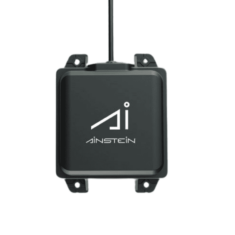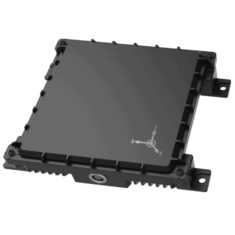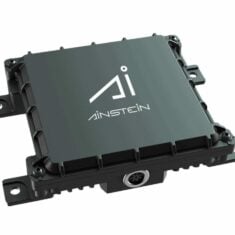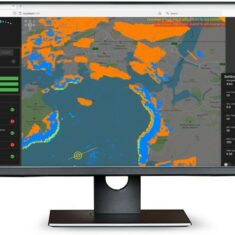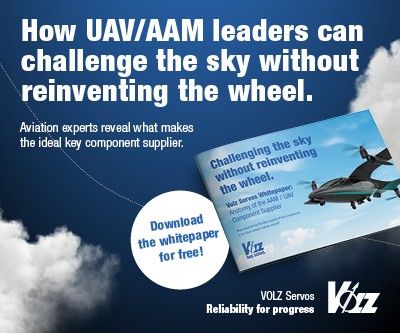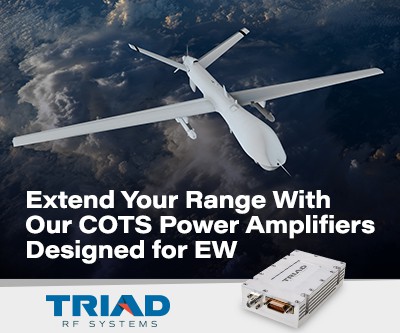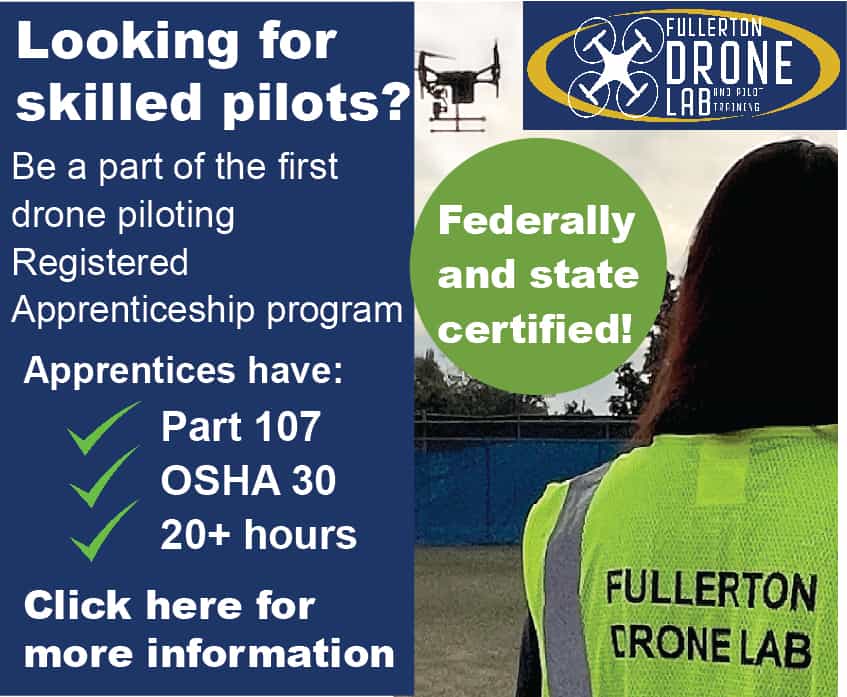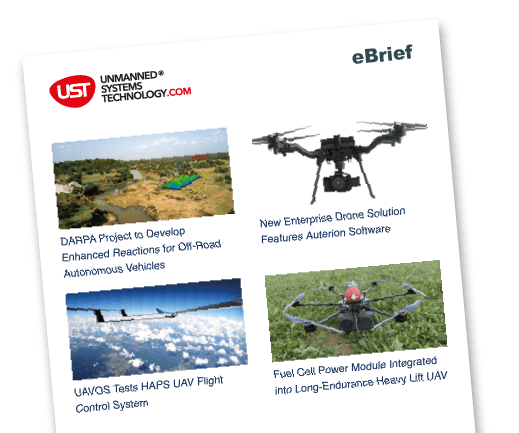Radar can be a useful technology for UAV navigation as it can operate in GNSS-denied environments, and unlike many camera-based technologies, will still work at night or under severe weather conditions. Although radar technology was reserved for a long time for only the largest drones due to bulk and power requirements, modern developments in ultralight radar technologies have allowed smaller UAVs to also take advantage of the technology.
Radar can be used for simple obstacle detection by measuring the time-of-flight of reflected pulses and thus the distance from objects. More sophisticated navigation capabilities can be implemented by using a technique known as radar odometry, which compares successive radar images to estimate aircraft velocity and height, combining these with INS (inertial navigation system) measurements to provide enhanced accuracy.
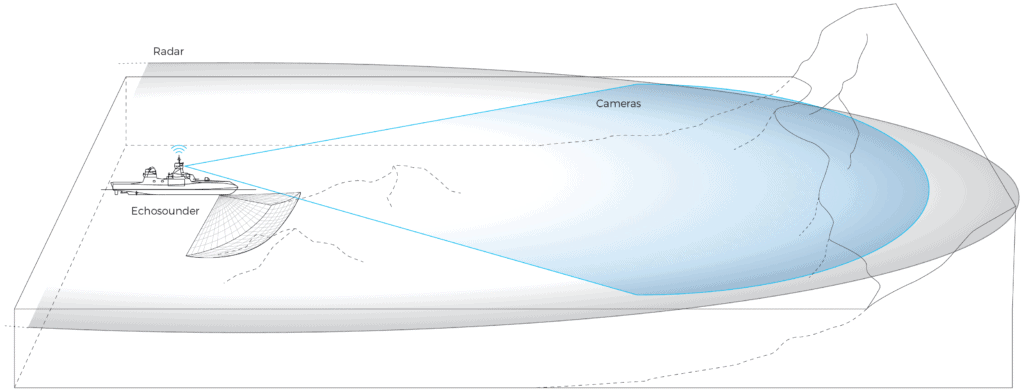
Radar Altimeters
Radar altimeters are commonly used by drones and unmanned aircraft. These devices use radar pulses to measure the altitude above the terrain that is directly below the aircraft, and can feed this data to the UAV autopilot to aid in automated takeoff and landing. They are particularly useful for BVLOS flights where the aircraft may be operating far away from its base station, and can provide automated terrain-following capabilities and sea-skimming when a UAV may have to maintain a constant height above land or water.
Radar altimeters are used for applications such as automated cargo delivery, where a drone may have to release a package from a predefined altitude, or precision agriculture, where seed spreading or crop spraying may have to be performed at a certain height.





